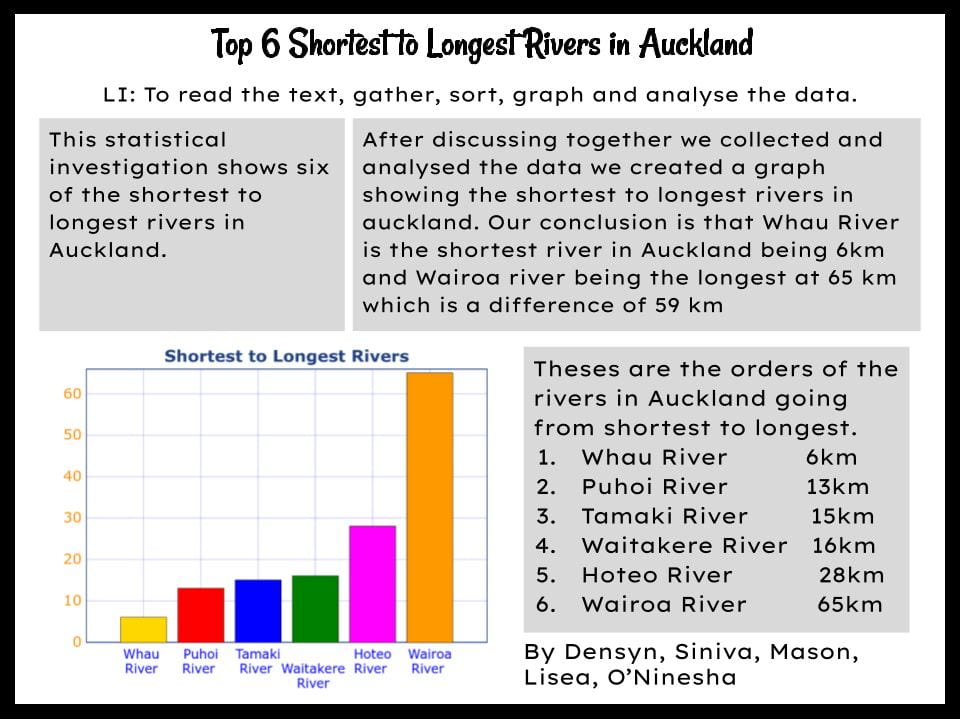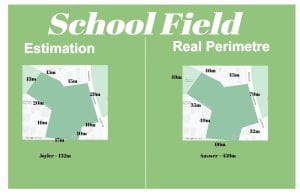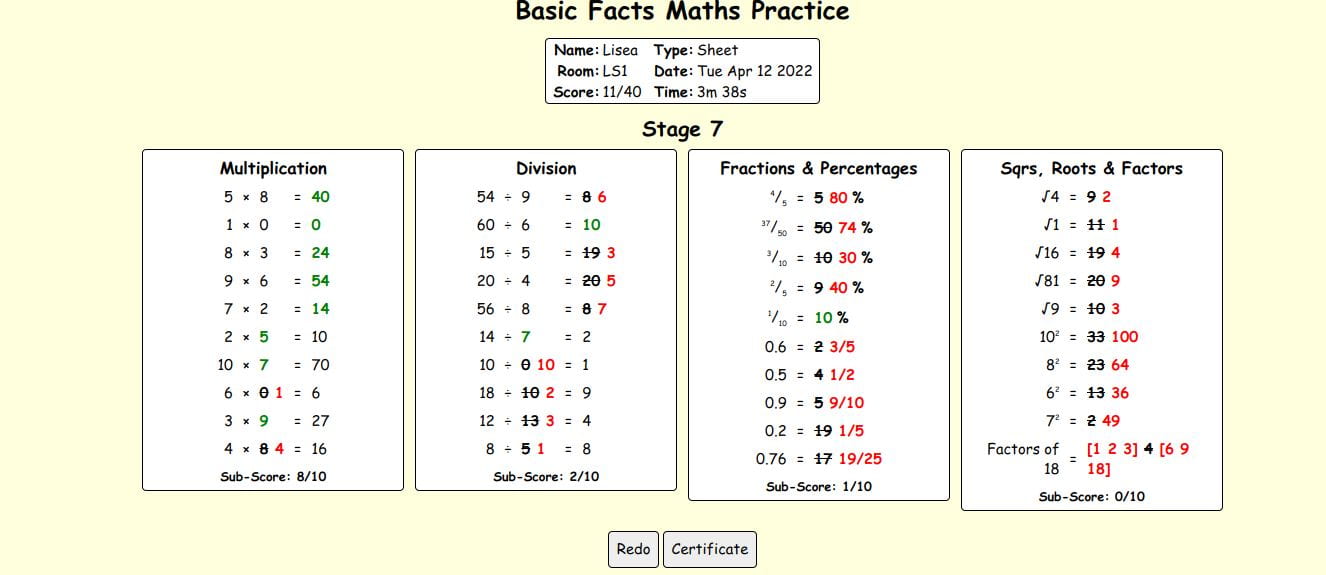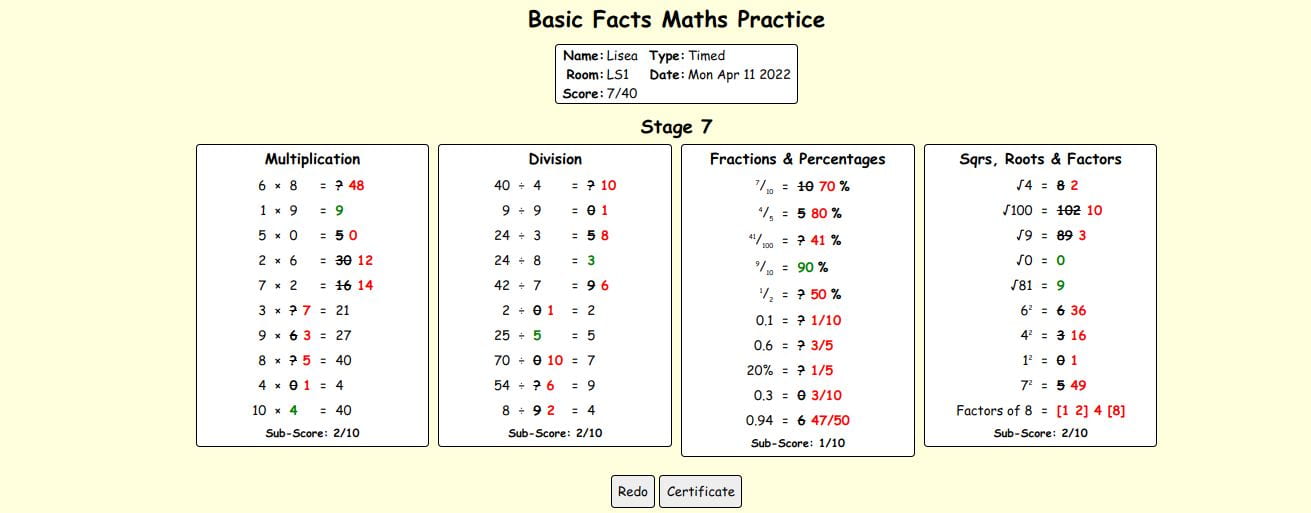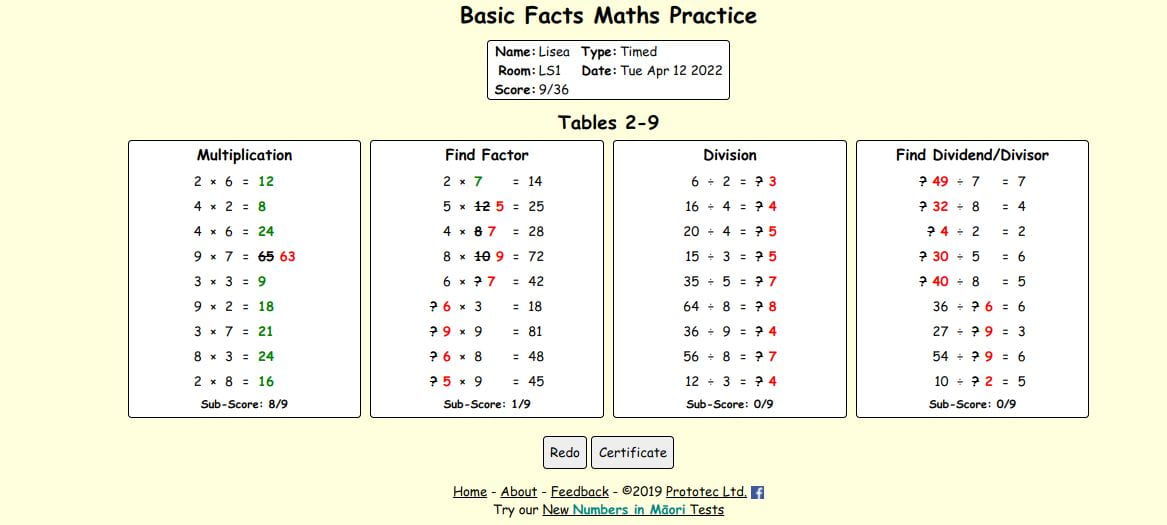LI : To read the text, gather, sort, graph and analyse the data.
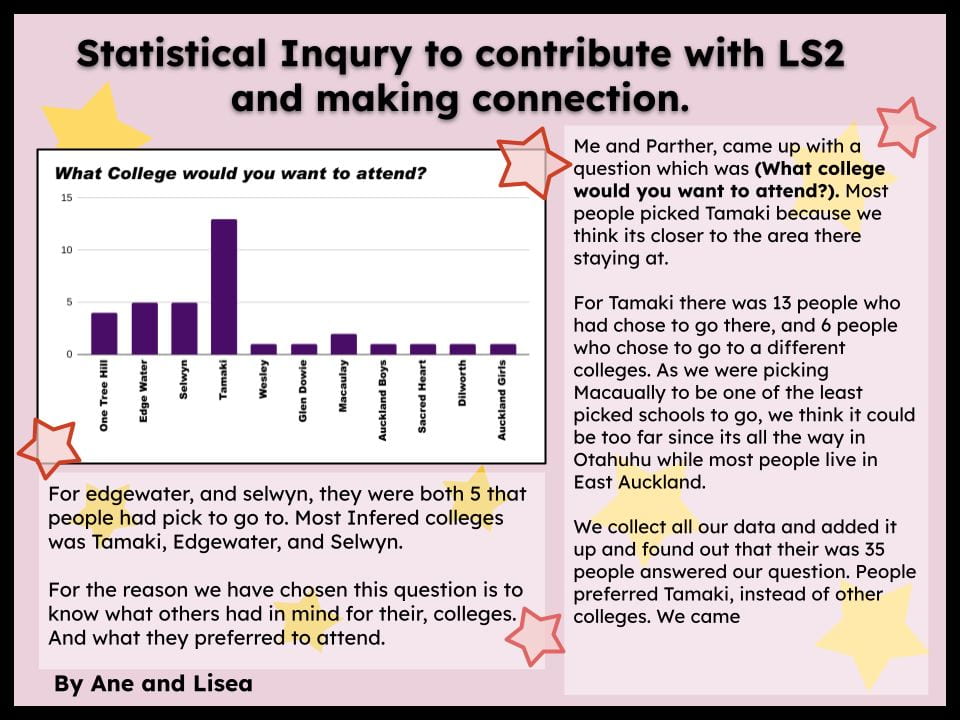
Our task was to create a statistical investigation by following the cycle. First me and my partner thought of a question which was “What college would you want to attend?”, then we went around the class asking them about our question. Then we gathered up all our data that we needed to analyse, we found out the answer and which college was picked most. We found out that most people in LS2 would attend Tamaki.
I enjoyed this task because it was fun going around and asking people about which college they would attend.
me and my partner formed a question, our question was “what sports do you play,” then we went around asking the class what sport they play. After we gathered all of the data we analyzed (looked closely). Finally we formed a conclusion, we found out that most people in LS2 don’t play sports.

